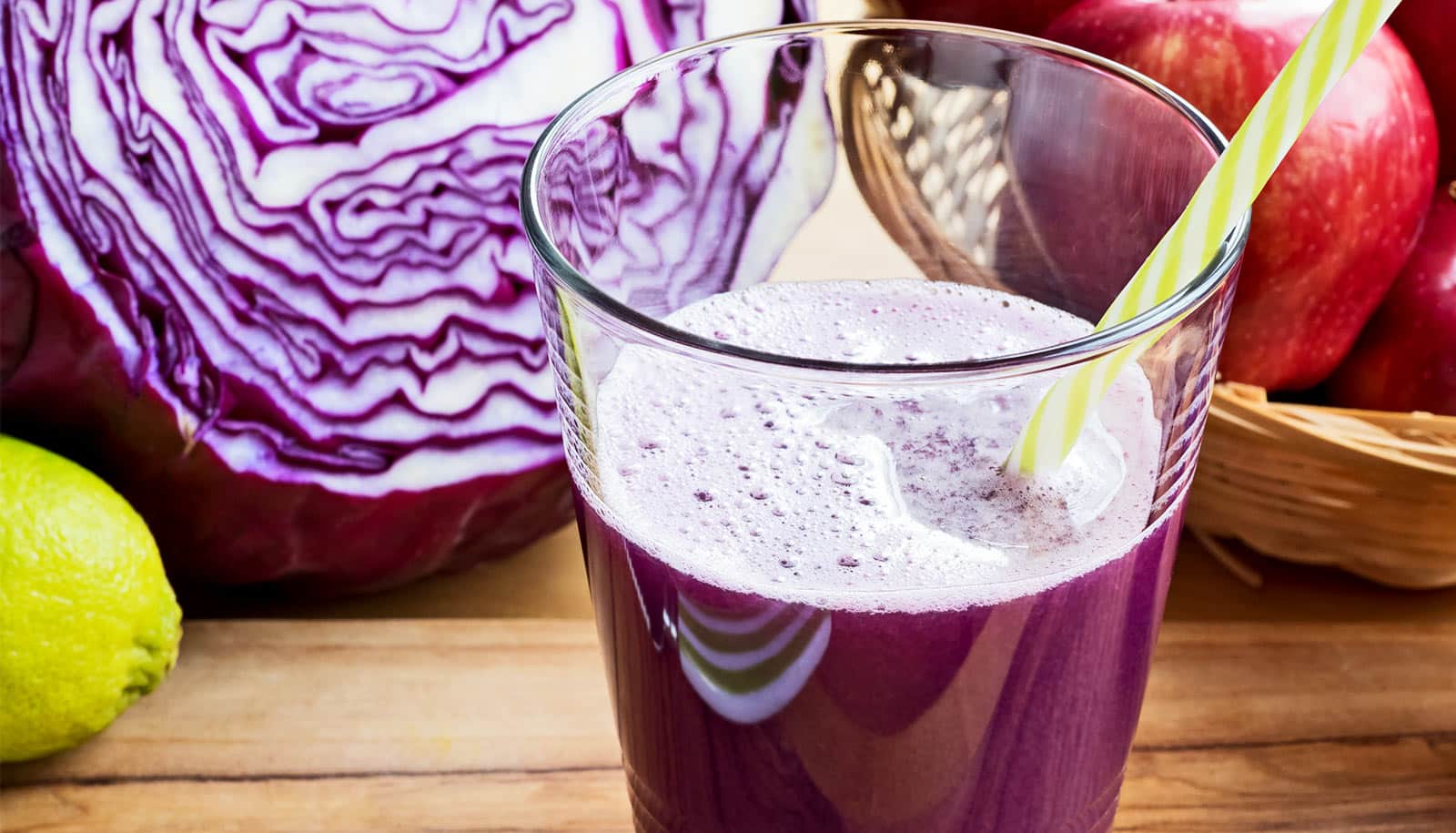Although ice-cold drinks and ice cream can cause sharp, shooting mouth pain and the occasional “brain freeze,” the two reactions are completely unrelated, says neurologist Roderick Spears.
“Brain freeze starts with a cold stimulus, such as ice cream, touching the palate, the roof of the mouth,” says Spears, a clinician in the neurology department in the Perelman School of Medicine at the University of Pennsylvania. The cold temperature causes vasoconstriction, when blood vessels constrict or shrink quickly.
“This pain can last for anywhere from a few seconds to a few minutes. But there’s an easy way to avoid it.”
But this isn’t what causes brain freeze. Instead, the pain comes from a rapid warming process called vasodilation, during which the vessels rebound back to regular size to counteract the initial rapid cooling. This signal heads to the brain via the trigeminal nerve. Because the trigeminal nerve is responsible for facial sensation, people often perceive this ice cream-related discomfort in the forehead or face.
“This pain can last for anywhere from a few seconds to a few minutes,” says Spears. “But there’s an easy way to avoid it.” Slow down. A study published in BMJ discovered that brain freeze occurs more frequently when people consume ice cream quickly.
Such a solution can’t help someone whose teeth hurt from sensitivity to the cold, however, explains Panagiota Stathopoulou, a periodontist with Penn Dental Medicine. People with healthy teeth and gums shouldn’t experience tooth sensitivity, she says. If this is happening, it could indicate that something is wrong.
“When someone experiences tooth pain or sensitivity, pain stimuli comes in contact with the tooth either directly or indirectly,” says Stathopoulou, an assistant professor of periodontics and director of the postdoctoral periodontics program.
The tissue inside the root canal of the tooth, called the pulp, contains nerves that are responsible for the sharp, uncomfortable feelings some people occasionally experience when they consume cold food and drinks.
“This is not fun…”
Several problems can cause consistent and painful tooth sensitivity. Each tooth has several layers. The exterior layer is a hard white covering called enamel. Just beneath the enamel, a softer, bony tissue called dentin makes up the bulk of the tooth. And dentin wraps around the pulp cavity, which contains living tissue and nerves.
The enamel serves as the pulp’s first layer of defense, with dentin as backup. But dentin is porous and contains tunnels called tubules, which enable the pulp to communicate with the tooth’s exterior. Normally, such communication is crucial, but when enamel breaks down those tubules allow all external oral stimuli, including ice cream, cold beer, even air, to travel directly through the porous dentin and into the pulp.
“This is not fun,” says Stathopoulou. “Additionally, the root of the tooth is normally protected by our gums. But if our gums recede, then we’ve lost that defense as well. Gum recession is often caused by overzealous brushing, and if it’s minor this problem can be solved easily by using a softer brush, better technique, and desensitizing toothpaste.”
You probably can’t tell how much fat is in ice cream
Desensitizing toothpastes contain high levels of fluoride, potassium, and other ingredients and often resolve minor sensitivity problems, but some issues require more complicated treatments.
Stathopoulou says that someone who experiences acute tooth pain or persistent tooth sensitivity should see a dentist to rule out more serious causes like a cavity or cracked tooth.
Source: Penn



